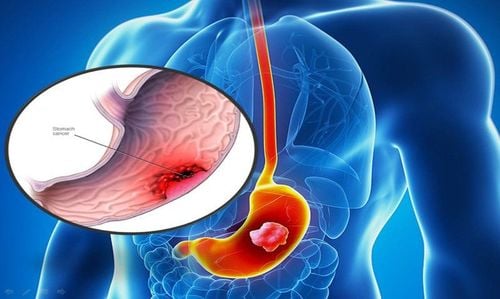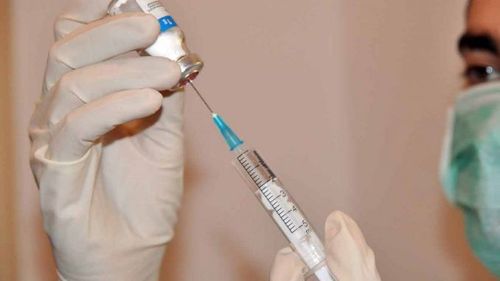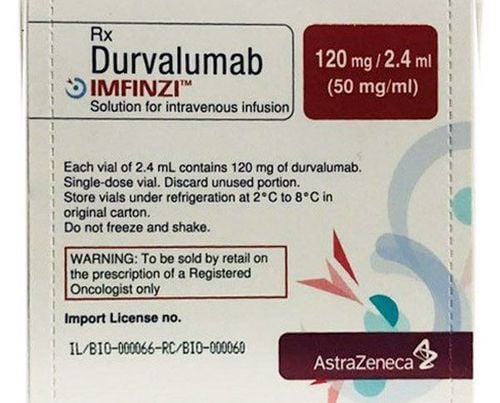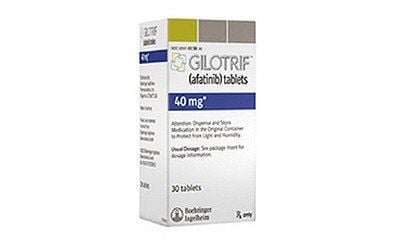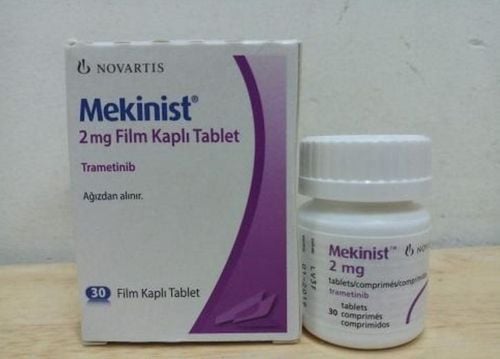This is an automatically translated article.
Post by doctor Biochemistry test - Laboratory Department - Vinmec Ha Long International HospitalWorldwide, lung cancer currently ranks first among the most common cancers in terms of both incidence and mortality. In Vietnam, lung cancer ranks second after liver cancer, with about 23,600 new cases and 20,700 deaths each year.
1. Lung cancer classification
Lung cancer is divided into 2 main types:
Non-small cell lung cancer (NSCLC) accounts for 85-90%, including 3 types:
Squamous cell carcinoma (Squamous) cell carcinoma-SCC): 25-30%), adenocarcinoma (Adenocarcinoma: 40%), large cell carcinoma (Large cell carcinoma: 10 -15%). Small cell lung cancer (SCLC): accounts for 10-15%. There are also some other rare types of lung cancer, such as lung carcinoid tumors, adenoid cystic carcinomas, lymphomas, and adenocarcinomas. (sarcomas); Benign lung tumors.
2. Screening for early detection of lung cancer
Lung cancer is a malignancy that progresses very silently, in the early stages there are almost no clinical symptoms, symptoms only appear when the tumor is large enough and invades nearby tissues. around. Most cases of early detection are due to routine health check-ups or other medical examinations discovered by chance.
People at high risk of lung cancer such as: over 45 years old, smokers, pipe tobacco for many years (including active and passive smokers), people working in environments exposed to chemicals toxic substances, radioactive substances. In addition, people in the family with many cancer patients, people with chronic lung lesions need periodic health check-ups to detect lung cancer early.
People who have signs of respiratory abnormalities such as prolonged cough, coughing up phlegm with deep blood, chest tightness, feeling short of breath or whole body fatigue, poor appetite, thin weight loss need to go to medical facilities. early detection of lung cancer.
Some methods can help screen for early detection of lung cancer, including:
2.1. Chest X-ray
Chest X-ray is a simple, cheap and easy method to perform, can be performed at district and provincial medical facilities, and especially can be done right on digital X-ray vehicles. motion. On routine X-ray films can detect tumors up to 1 cm in size. However, chest X-ray is limited because it is difficult to evaluate, easy to miss small lesions in the apex of the lung, in the center of the hilum, in the mediastinum, behind the heart shadow, and behind the ribs.
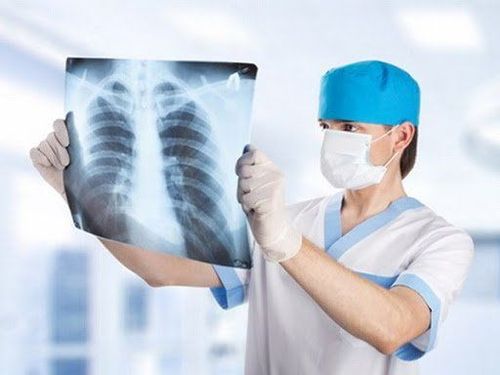
Chụp X-quang phổi chẩn đoán ung thư phổi
2.2. Low-dose thoracic computed tomography
Low dose tomography is a major advance in the field of screening for early detection of lung cancer. Recent research data show that, for patients at high risk of lung cancer, conducting early cancer screening with low-dose radiation tomography annually increases the number of cases by 20%. Lung cancer cases are detected when compared with conventional chest X-ray. Currently, many recommendations include annual low-dose computed tomography chest radiography as a good method for screening and early detection of lung cancer.
2.3. Bronchoscopy
Endoscopy with fluorescent light: this method can detect early bronchial mucosal lesions, thereby considering whether to perform a biopsy to determine whether there are cancer cells or not, especially in cases where Carcinoma in situ and dysplastic lesions for which white light bronchoscopy alone is difficult to identify.
Bronchoscopy using NBI light source: NBI enhances visibility of capillaries and other structures on mucosal surfaces. Therefore, it may be easier to identify the suspected lesion for biopsy for histopathological examination.
2.4. Tumor markers test
Test for tumor markers in the blood such as quantification of SCC, CEA, Cyfra 21-1, Pro-GRP, NSE.
3. Diagnosis of lung cancer
Clinical symptoms, concentrations of tumor markers, as well as images of lesions on X-ray, computed tomography of the chest, bronchoscopy have only suggestive value towards the patient. have lung cancer or not, but there is no specific diagnostic value.
The definitive diagnosis of lung cancer is based on the gold standard that is the pathological results on the patient's tissue sample (the tissue sample can be taken from the primary tumor/secondary tumor from metastatic cancer).
Please dial HOTLINE for more information or register for an appointment HERE. Download MyVinmec app to make appointments faster and to manage your bookings easily.
Reference source: https://moh.gov.vn/hoat-dong-cua-rinh-dao-bo/-/asset_publisher/k206Q9qkZOqn/content/tam-soat-va-chan-oan-ung-thu- chip



